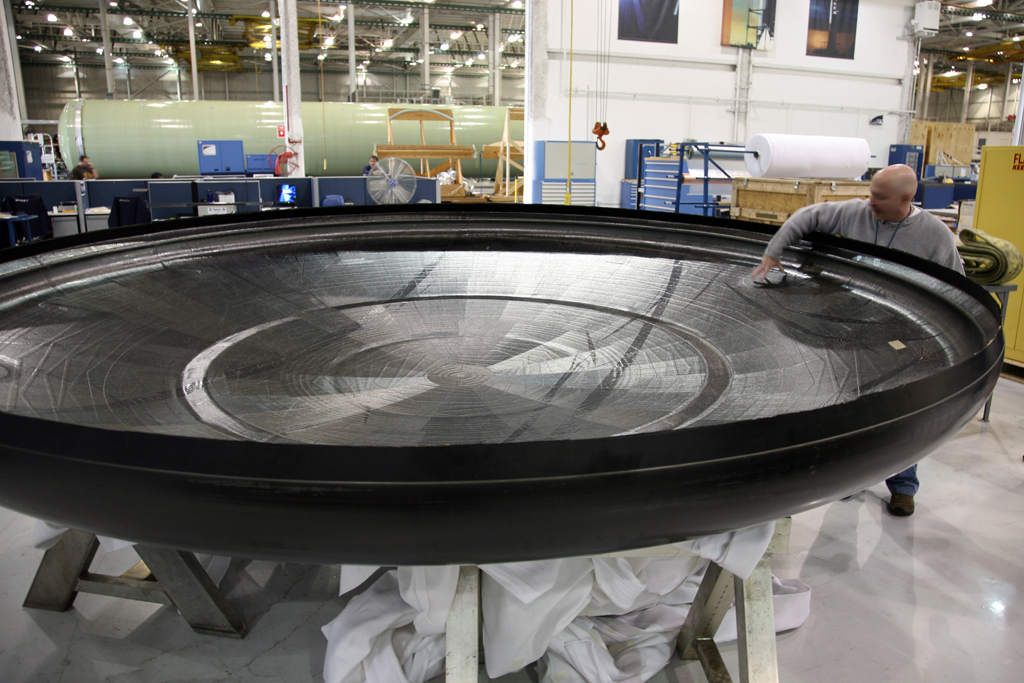pixels! That’s how big the highest-resolution image of the Martian surface is. Take a gander https://go.nasa.gov/32Uvrli
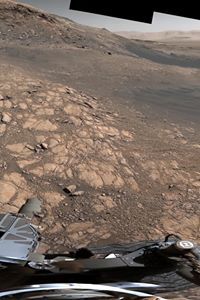

pixels! That’s how big the highest-resolution image of the Martian surface is. Take a gander https://go.nasa.gov/32Uvrli

BERLIN: The European Space Agency said Friday that human urine could one day become a useful ingredient in making concrete to build on the moon.
The agency said researchers in a recent study it sponsored found that urea, the main organic compound in urine, would make the mixture for a “lunar concrete” more malleable before it hardens into its sturdy final form.
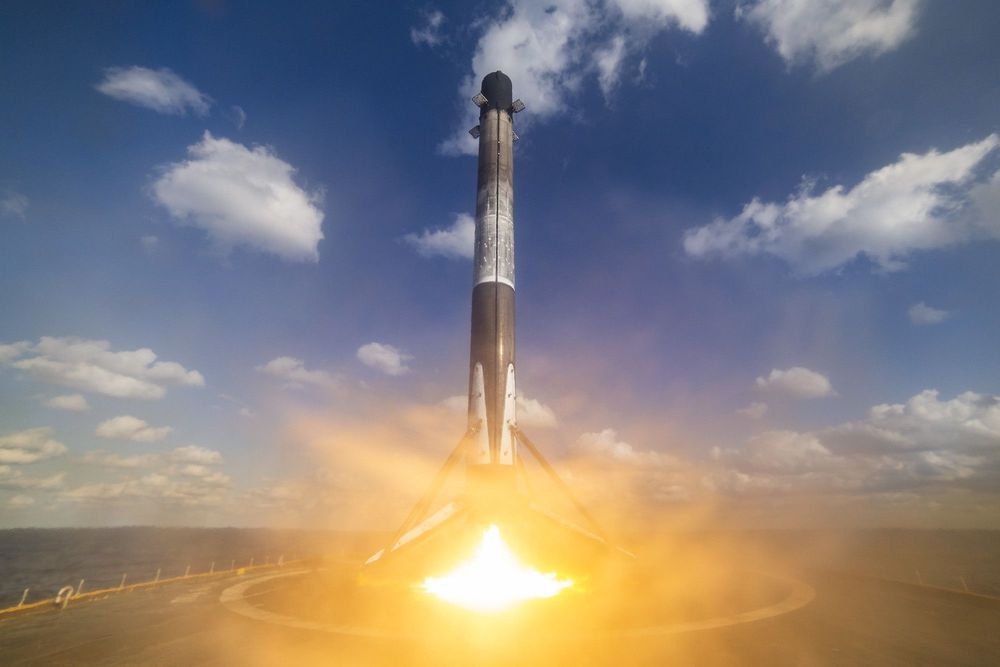
WASHINGTON — SpaceX on May 6 was awarded an $8.9 million contract modification that gives the U.S. Space Force direct insight into the inner workings of the company’s commercial and civil space missions.
The contract for “non-National Security Space fleet surveillance” gives the Space Force access to SpaceX missions until November.
“This contract provides for non-NSS fleet surveillance efforts across the SpaceX family of launch vehicles for non-NSS missions,” said the contract announcement. The $8.9 million is an addition to an existing $297 million contract awarded to SpaceX in February 2019 for three national security launches.
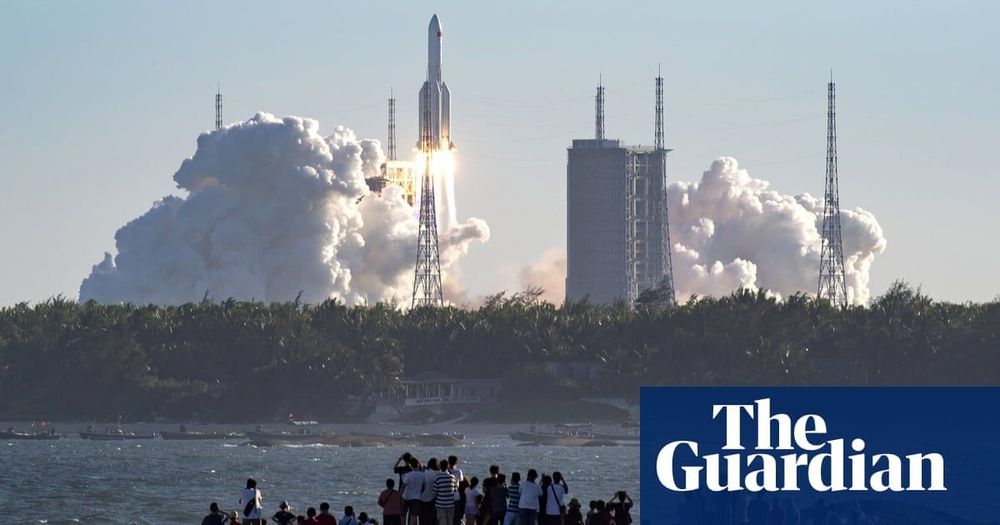
China plans to send an astronaut to the Moon in about a decade and then build a base there. Its lunar rover on the far side has driven about 450 metres so far.
The next big mission for Beijing is to land a probe on Mars, with liftoff expected this year.
Space agency tests new design that is billed to replace current Shenzhou module, a copy of Russia’s Soyuz.

The U.S. space agency National Aeronautics Space Administration (NASA), European Space Agency (ESA), and Japan Aerospace Exploration Agency (JAXA) are inviting coders, entrepreneurs, scientists, designers, storytellers, makers, builders, artists, and technologists to participate in a virtual hackathon May 30–31 dedicated to putting open data to work in developing solutions to issues related to the COVID-19 pandemic.
During the global Space Apps COVID-19 Challenge, participants from around the world will create virtual teams that – during a 48-hour period – will use Earth observation data to propose solutions to COVID-19-related challenges ranging from studying the coronavirus that causes COVID-19 and its spread to the impact the disease is having on the Earth system. Registration for this challenge opens in mid-May.
“There’s a tremendous need for our collective ingenuity right now,” said Thomas Zurbuchen, associate administrator for NASA’s Science Mission Directorate. “I can’t imagine a more worthy focus than COVID-19 on which to direct the energy and enthusiasm from around the world with the Space Apps Challenge that always generates such amazing solutions.”
The unique capabilities of NASA and its partner space agencies in the areas of science and technology enable them to lend a hand during this global crisis. Since the start of the global outbreak, Earth science specialists from each agency have been exploring ways to use unique Earth observation data to aid understanding of the interplay of the Earth system – on global to local scales – with aspects of the COVID-19 outbreak, including, potentially, our ability to combat it. The hackathon will also examine the human and economic response to the virus.
https://www.youtube.com/watch?v=p_quOKBRJKs
ESA will contribute data from the Sentinel missions (Sentinel-1, Sentinel-2 and Sentinel-5P) in the context of the European Copernicus program, led by the European Commission, along with data from Third Party contributing Missions, with a focus on assessing the impact on climate change and greenhouse gases, as well as impacts on the economic sector. ESA also is contributing Earth observation experts for the selection of the competition winners and the artificial-intelligence-powered EuroDataCube.
“EuroDatacube will enable the best ideas to be scaled up to a global level,” said Josef Aschbacher, director of Earth Observation Programmes at ESA. “The pandemic crisis has a worldwide impact, therefore international cooperation and sharing of data and expertise with partners like NASA and JAXA seems the most suitable approach.”
JAXA is making Earth observing data available from its satellite missions, including ALOS-2, GOSAT, GOSAT-2, GCOM-C, GCOM-W, and GPM/DPR.
“JAXA welcomes the opportunity to be part of the hackathon,” said JAXA Vice President Terada Koji. “I believe the trilateral cooperation among ESA, NASA and JAXA is important to demonstrate how Earth observation can support global efforts in combating this unprecedented challenge.“
Space Apps is an international hackathon that takes place in cities around the world. Since 2012, teams have engaged with NASA’s free and open data to address real-world problems on Earth and in space. The COVID-19 Challenge will be the program’s first global virtual hackathon. Space Apps 2019 included more than 29,000 participants at 225 events in 71 countries, developing more than 2,000 hackathon solutions over the course of one weekend.
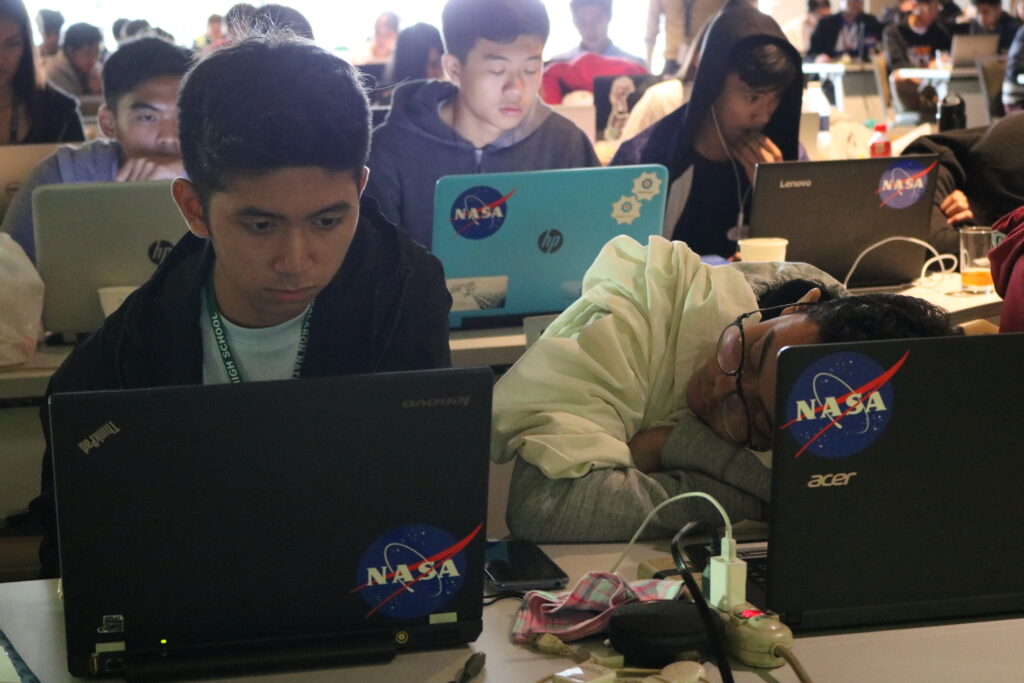
Many Filipinos participated in this annual hackathon since 2016. Recently, a dengue mapping forecasting system was developed by data scientists from CirroLytix using satellite and climate data with the goal of addressing the sustainable development goals of the United Nations. This web application, called Project AEDES won globally for the best use of data. “Earth observation data has the potential to be used in fighting epidemics and outbreaks threatening humanity nowadays, as well as to analyze its socio-economic impact,” according to software developer Michael Lance M. Domagas, who led the Philippine hackathon in collaboration with De La Salle University, PLDT, Department of Science and Technology, United Nations Development Programme, and the U.S. embassy. The very first Philippine winner used citizen science and environmental data to develop a smartphone application informing fishermen the right time to catch fish. ISDApp is currently being incubated at Animo Labs.
Space Apps is a NASA-led initiative organized globally in collaboration with Booz Allen Hamilton, Mindgrub and SecondMuse. The next annual Space Apps Challenge is scheduled for October 2–4.
Registration opens May 12. https://covid19.spaceappschallenge.org/

“Some people look to the stars and ask, ‘What if?’” the video says. “Our job is to have an answer.” Space Force officials shared the video on social media with a link to a recruitment website here.
It’s official: The U.S. Space Force wants you to join the ranks of the newest branch of the American Armed Forces.
In a new recruitment video unveiled today (May 6), the Space Force makes its case for a military life among the stars.
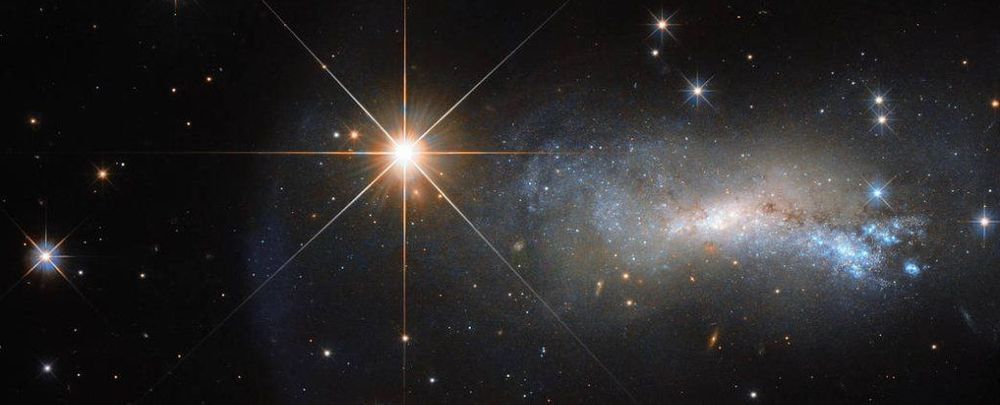
A Milky Way magnetar called SGR 1935+2154 may have just massively contributed to solving the mystery of powerful deep-space radio signals that have vexed astronomers for years.
On 28 April 2020, the dead star — sitting just 30,000 light-years away — was recorded by radio observatories around the world, seemingly flaring with a single, millisecond-long burst of incredibly bright radio waves that would have been detectable from another galaxy.
In addition, global and space X-ray observatories recorded a very bright X-ray counterpart.
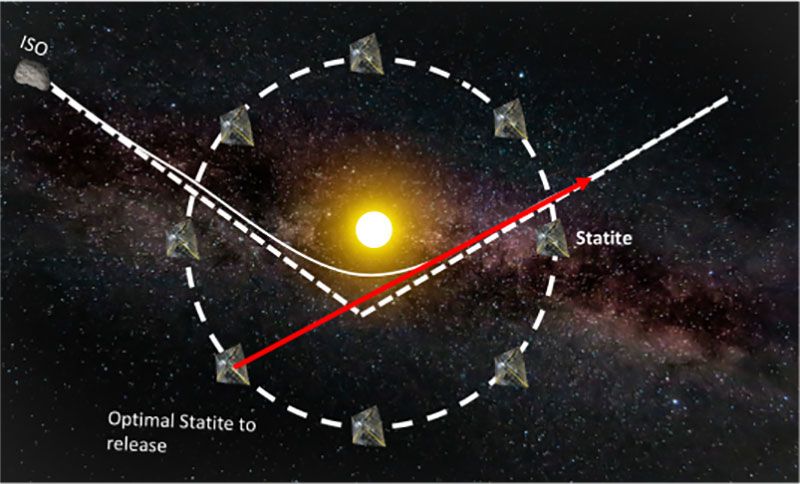
An MIT research proposal outlines a new method for rendezvousing with interstellar objects (ISOs) like ‘Oumuamua using a solar slingshot technique. By using solar sails to position deep-space probes on the edge of the solar system, the idea is to use the gravitational pull of the Sun to accelerate the spacecraft and set it on an intercept course with an interstellar visitor.
When ‘Oumuamua passed by in 2017, it was a truly historic event. For the first time, an object from interstellar space was detected entering the solar system. Traveling on a hyperbolic trajectory, it flew through the inner system before returning to the outer darkness, never to return. As it did so, observatories around the world focused on the object, giving scientists their first close-up glimpse at something that didn’t originate in our system.
However, a glimpse was all they had time for. Ideally, a long, leisurely look would have been preferable, but there wasn’t any time to even plan a mission to send a spacecraft to visit ‘Oumuamua – much less launch one. Worse, such a mission would have faced major technical challenges. Not the least of which being the requirement of a massive rocket to reach the needed velocity to overtake the object.
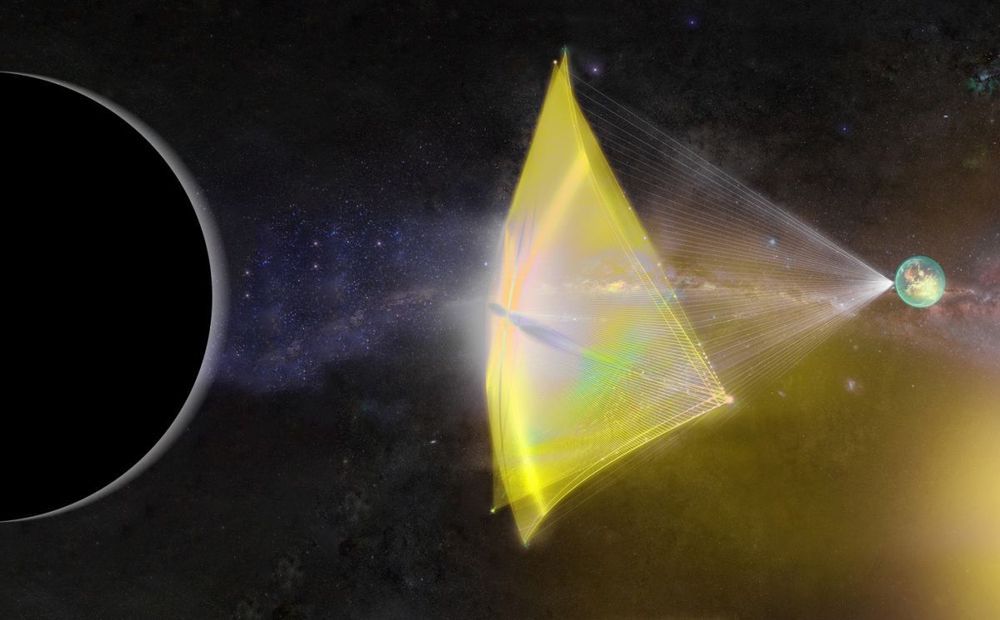

New spacecraft experience setbacks all the time. SpaceX Starship prototype violently disassembled several times. Boeing launched the CST-100 but ended up in the wrong orbit. China isn’t a stranger to setbacks either.
China tested a prototype spacecraft on May 5th, 2020 in efforts to prove the technology was ready. It’s good it was a test and not an actual mission since the spacecraft did not perform as expected. The news agency Xinhua reported the spacecraft launched from Hainan China, operated abnormally during its return.
Spacecraft experience tremendous heat during the last minutes of their mission. The heat shield protects the spacecraft from that heat. NASA looked at lots of materials and tested many before using for heat shields.
NASA’s Space Shuttle used a thermal soak heat shield approach. The Shuttle tiles act as an insulating material. The design absorbs and radiates the heat away from the spacecraft structure. A second common approach is an ablative heat shield like those used for Mercury, Gemini, Apollo, and Orion spacecraft. These ablative heat shields commonly have a layer of plastic resin which experiences intense heating while entering the atmosphere. The heat shield wears away, carrying the heat away through convection.
If damage to the heat shield results in compromised performance, disaster can strike like the loss of the Space Shuttle Columbia and all crew aboard. With Columbia, during takeoff, the heat shield tile damage occurred. While returning to Earth, super-heated gasses snuck in through the damaged tiles and resulted in the accident.
Newer heat shield design strives to increase reliability and safety. NASA developed the Phenolic Impregnated Carbon Ablator (PICA) heat shield. SpaceX continued to develop and adopted the technology for a segmented 3.6-meter PICA-X shield used on its Dragon spacecraft. SpaceX shared that PICA-A’s usefulness potentially extends for hundreds of times for Earth orbit reentry with only minor degradation each time. This performance allowed NASA’s Stardust comet sample return mission to survive reentry from its deep-space mission.
